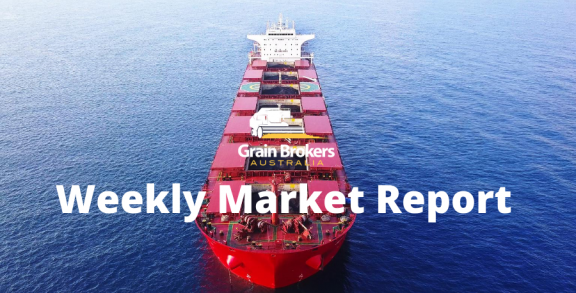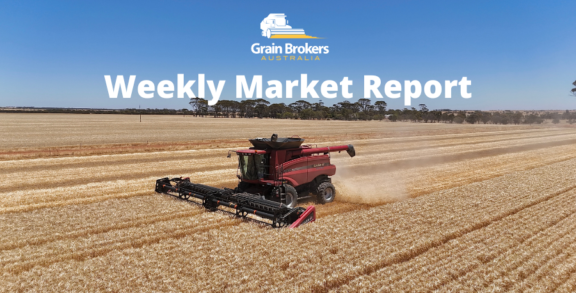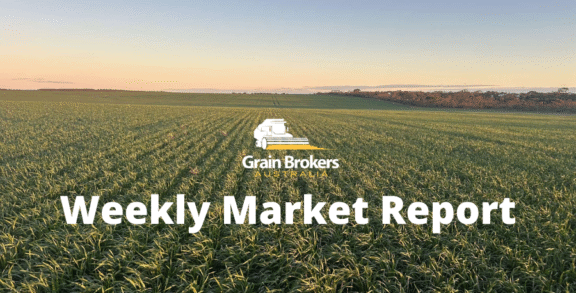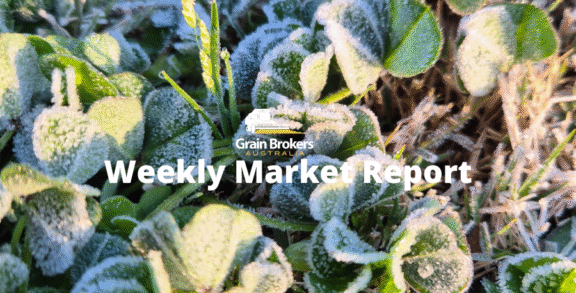
The constant flow of grain cargos into Chinese ports continues unabated after Beijing embarked on an agricultural commodity buying spree, the magnitude of which has rarely, if ever, been previously seen.
The rate of grain buying from abroad in the first eight months of 2020 has some analysts speculating that, for the first time, China may use up its entire annual tariff-rate quota for both corn and wheat imports.
The demand is being driven by a remarkable recovery in the Chinese economy following the COVID-19 pandemic, a rebuilding of the pig herd following the outbreak of African Swine Fever (ASF) in 2018 and rebuilding of stocks that were drawn down over the course of the trade dispute with the United States.
According to recently released customs data, China imported 10.09 million metric tonne (MMT) of soybeans in July, up from 8.63MMT in July 2019, but below the June 2020 record of 11.16MMT. July corn imports were reported to be 910,000 metric tonne (MT), 133 per cent above the same period in 2019 and up from 880,00MT in June.
Wheat imports in July were reported to be 930,000MT, up a mammoth 323 per cent year-on-year, sorghum imports were up 148 per cent to 520,000MT and barley imports climbed 37 per cent to 410,000MT.
Year-to-date import figures reflect the staggering pace of this year’s purchase program. Soybean imports surged 18 per cent in the first seven months of the year to 55.14MMT and corn arrivals were 4.57MMT, 31 per cent higher than the same period last year.
By the end of July, wheat imports were running 116 per cent ahead of 2019 at 4.28MMT, sorghum discharges were a staggering 941 per cent higher at 2.29MMT and barley was 16 per cent ahead of last year’s imports at 2.86MMT. And the unprecedented pace of grain purchases continued in August.
China has been selling corn from its state reserves since May 28 in a bid to douse a very heated domestic market. Total reserve sales currently stand at 56MMT with the weekly program expected to continue until October when new-crop supplies come online. Last week’s auction cleared 89 per cent of the corn tendered for sale, the first time in 14 weeks that 100 per cent of offered stocks failed to clear.
Cumulative international purchases of corn for the 2020/21 season are now estimated at more than 11MMT. This is comprised of 8MMT from the US, including 1.2MMT over a two-day window last week, and 3MMT from Ukraine. However, despite the substantial reserve sales and the import purchases, corn is still trading close to contract highs on the Dalian Commodity Exchange, suggesting deeper issues with the corn balance sheet in China in 2020.
The Middle Kingdom has been draining corn reserves since Donald Trump took office three and a half years ago. It is almost impossible to determine stocks in China, but some recent analysis suggested that ending stocks could fall to as low as 95MMT by the end of the 2020/21 season. That is less than 40 per cent of the stockpile in early 2017.
The recent auctions have been from the country’s temporary reserve, and it is said to be nearly empty. So too the strategic reserve, and the national reserve stocks are also down sharply. Recent flooding is reported to have destroyed stockpiles in some low lying warehouses in the Yangtze basin, downstream of the Three Gorges Dam.
And with demand from the livestock sector increasing China now has the highest priced corn in the world at around US$100 above import parity.
In their August update, the USDA pegged Chinese corn imports for the 2020/21 marketing year at 7MMT. But purchases have already surpassed that estimate, so a significant increase is expected in the September report. Most analysts are expecting imports to be at least 15MMT, some are as high as 20MMT, and even 25MT is considered a possibility if the strong demand continues and global prices remain low relative to domestic values.
The Chinese were also forced to draw down soybean stocks when the tariff war began with the US. This was diluted somewhat by lower soybean meal demand as a result of ASF. But the pig herd is recovering strongly, and that means increased demand for stockfeed inputs.
The relentless soybean purchasing program out of Brazil this year has been phenomenal. In just four months they have essentially milked that country dry of their exportable surplus, despite record production. With the strong Chinese demand and a plunging Real, Brazilian farmers have already sold 40 per cent of their forecast 2020/21 soybean production before the crop is even in the ground; up from 20 per cent at the same time last year.
Some interesting directives from the government in August have added to the market confusion. Early in the month, the state agency in charge of its strategic grain stockpiles moved to ban all photo-taking devices from its granaries, raising anxiety over the quality of national reserves. And then mid-month President Xi Jinping sparked concern of a food crisis when he announced the “Clean Plate Campaign” aimed at reducing the country’s food waste.
The restocking program has now turned firmly to the US, with frequency and size of purchases of soybeans, corn and sorghum going to a new level in the last month, as it should at this time of the year. In terms of barley, China has reportedly been buying from Argentina after the imposition of exorbitant tariffs on Australian barley imports.
Chinese purchases of US wheat have been less aggressive with elevation capacity limited due to the massive row crop export program. China’s appetite for US wheat is also limited as they prefer quality from other origins if competitively priced. This led to a spate of purchases from France in recent months.
However, a much smaller exportable surplus and rising export values in France are expected to turn Beijing’s focus to other origins. With a big crop in the making and a substantially increased exportable surplus, Australia should figure prominently in second half 2020 wheat transactions and first half 2021 wheat shipments to China.
Call your local Grain Brokers Australia representative on 1300 946 544 to discuss your grain marketing needs.





